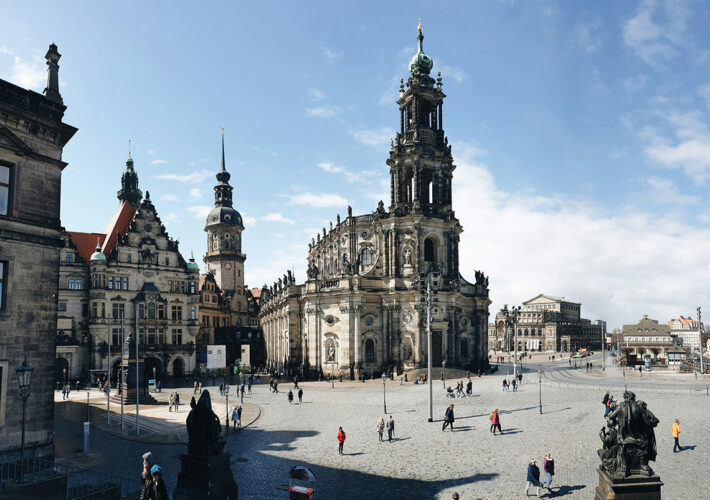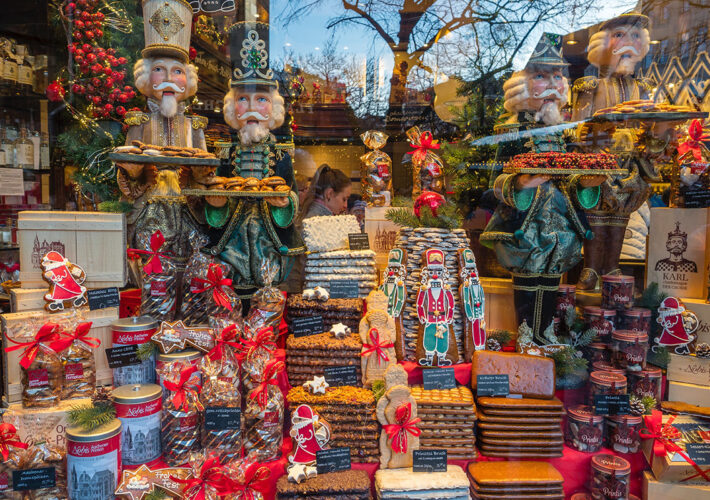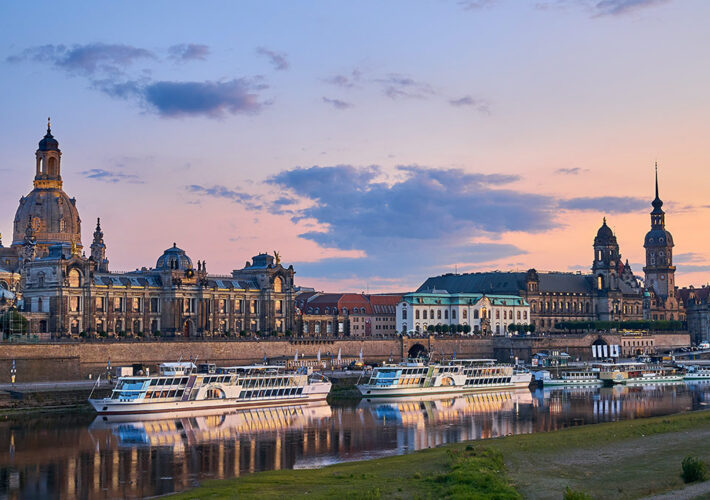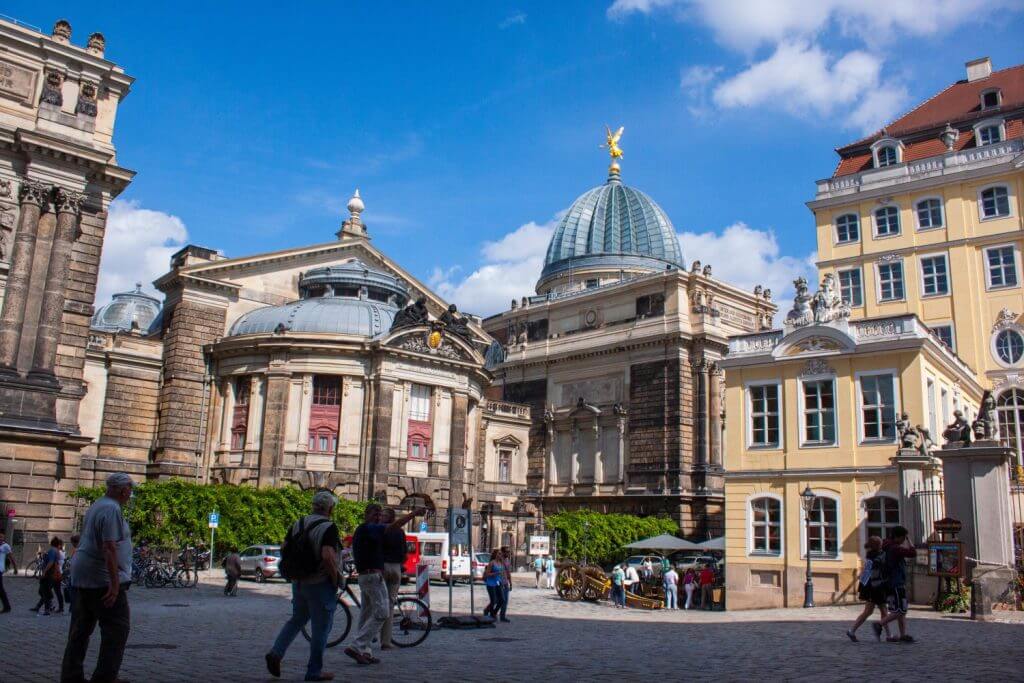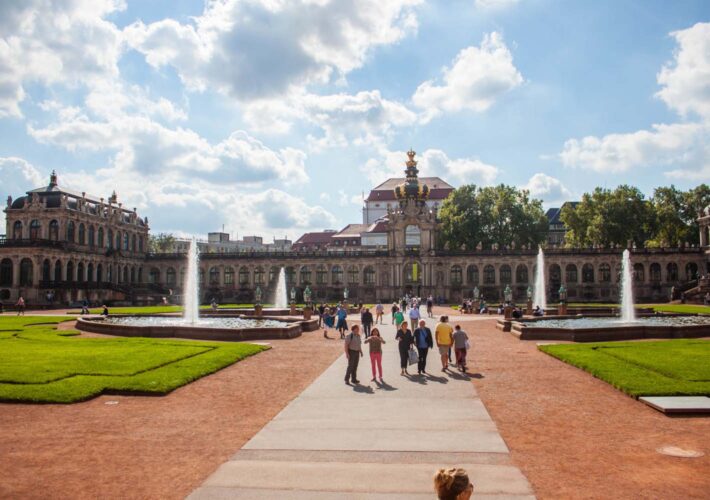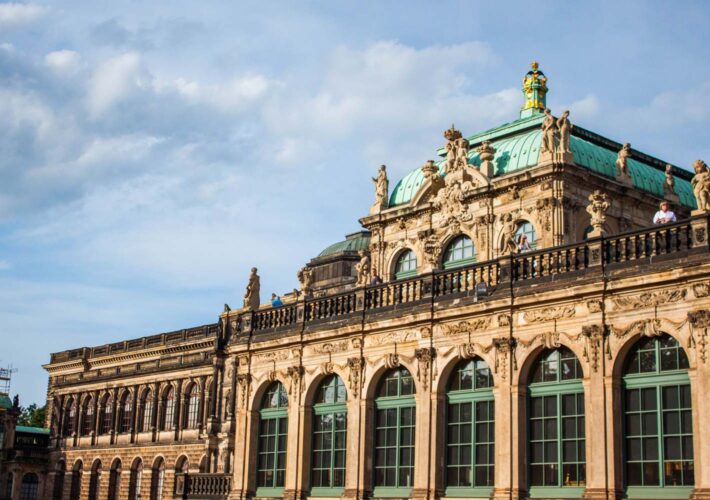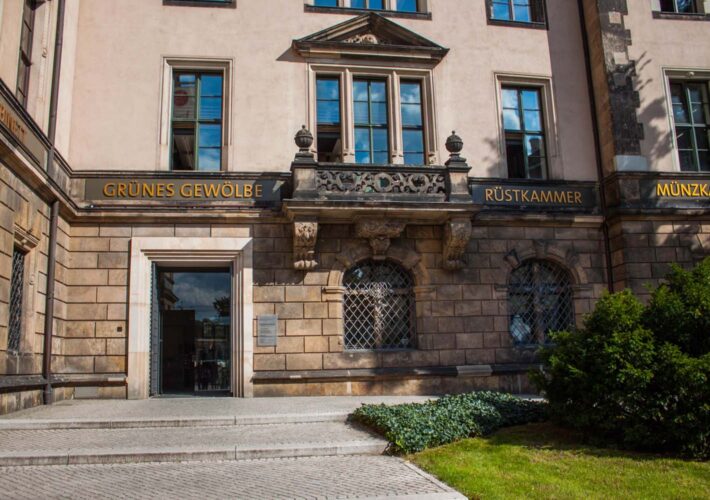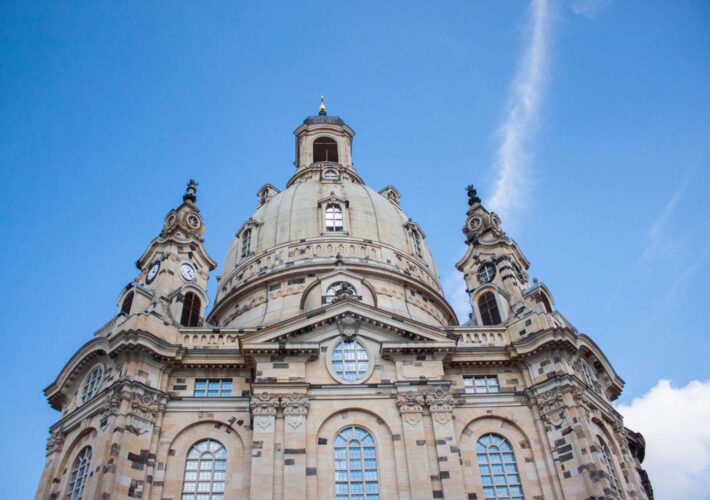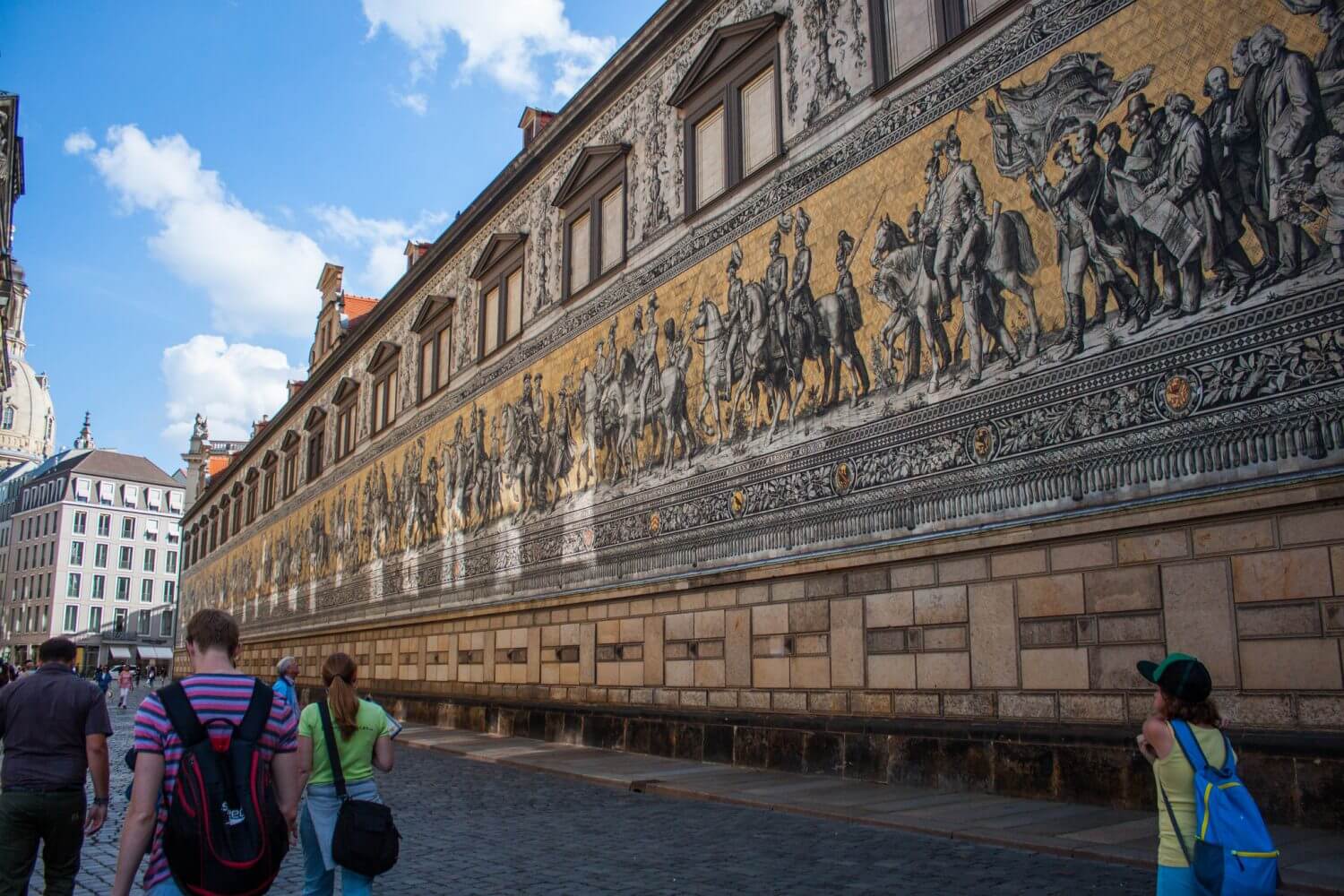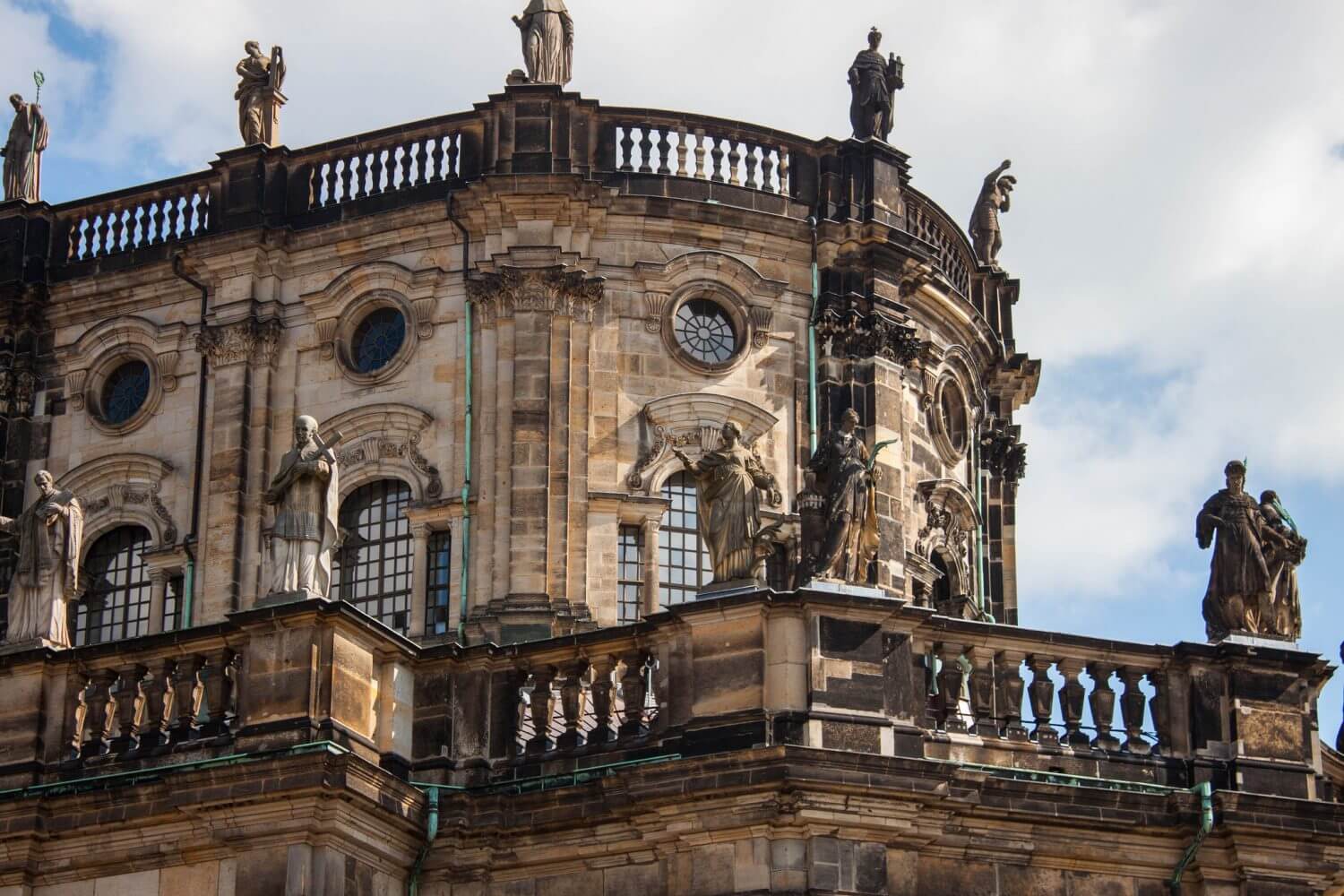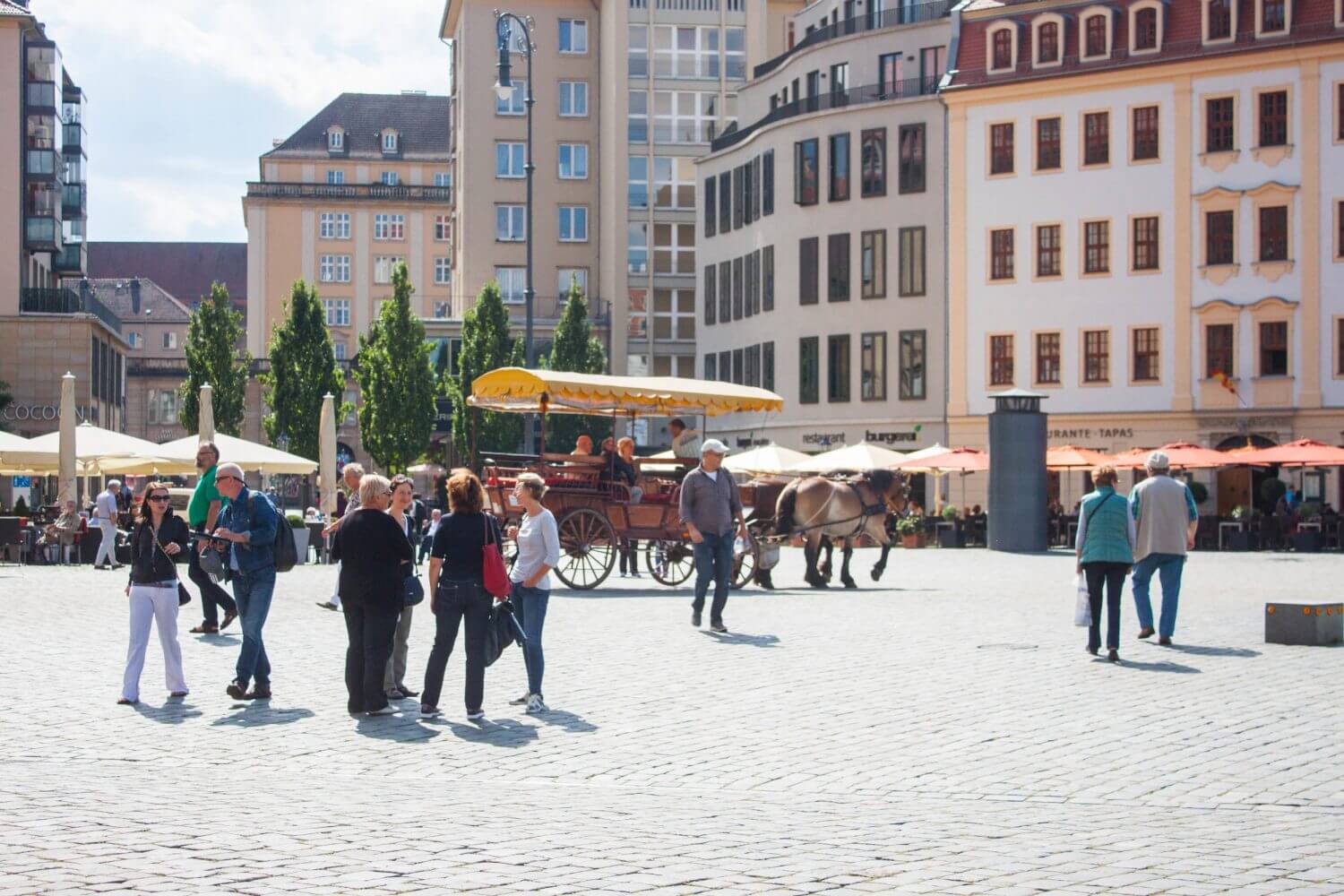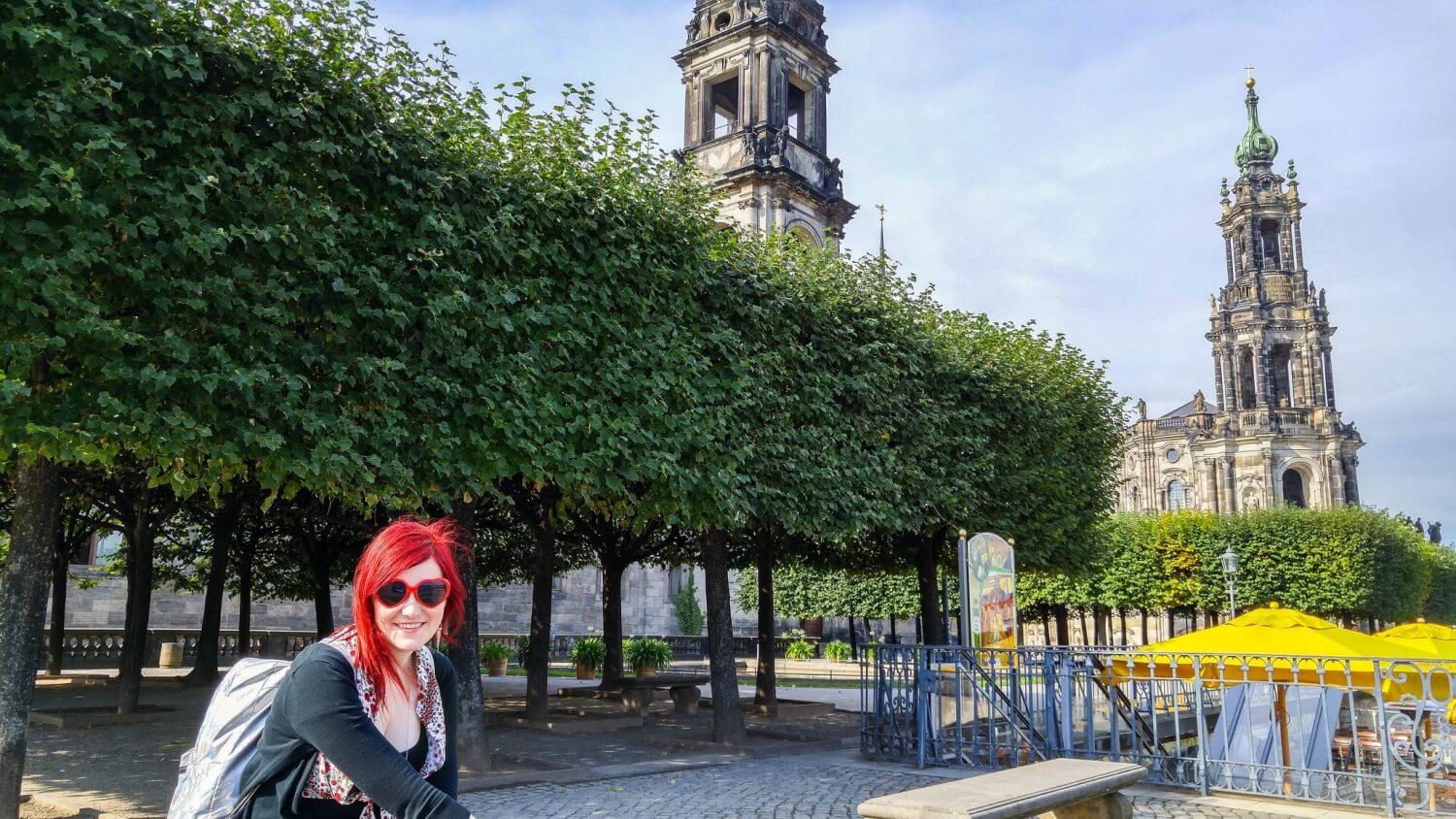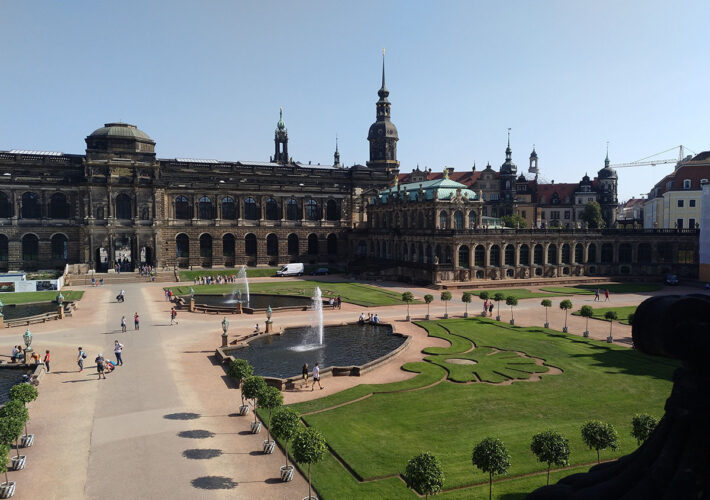One of the first places I tell any visitor to Dresden to visit upon arriving into…
My amazing followers have taken my walking tour to Dresden during the Christmas holidays!
Dresden I think is one of the most underrated cities in Europe. I went for the history but fell in love with the city is every way and was shocked by how wonderful this place was. Dresden was nicknamed the “Florence of the North” and stood as the first spot of power in Germany for decades. Dresden drew architects from all over the world who threw their artistry into the walls of the city. But such power came with a cost and in WWII Dresden was bombed almost beyond recognition. After the fall of the wall in the 1980s, an enormous restoration effort was put into place to rebuild the city. Today we can visit an almost perfect recreation of Dresden as it was in the 18th century. While some people find this to be a bit like a living museum, that’s exactly what I like about it! Here are some of my favourite photo locations which Instagram savvy travellers must visit on their next trip to Dresden! There is a google map at the bottom of this post you can use to find each and every location mentioned on the list.
Dresden was so heavily bombed during WWII that almost nothing remained of the baroque city. Huge restoration projects took shape after the war was over and now visitors can walk through the city without ever knowing that only 60 years ago, it was all but rubble. On this guided tour we take you to all the most popular sites in Dresden’s Historic Old Town.
The Zwinger is one of those historic buildings that is so seamlessly incorporated into the fabric of the city. Yes, it is also a very popular tourist destination, but the people who live and work here, don’t treat it with kid gloves. As if it’s something precious and should only be viewed from a distance. They luncheon here, bring their children to play and dash through the archways on their morning run.
The Gemäldegalerie Alte Meister (or Old Masters Gallery) is honestly the best art gallery I ever had the pleasure of visiting. It doesn’t feel too big nor too small. It’s like a grand old home that someone has decorated with exquisite pieces of arts — a stellar collection that’s lovingly curated.
The first place I wanted to visit in Dresden was the fabled “Green Vault”. The Green Vault or *Grünes Gewölbe* is Europe’s largest collection of precious, historical treasures. It was the first public museum in all of Europe featuring a collection of crown jewels, royal bowls carved out of crystal, agate and ivory, golden figurines with multicoloured gems inlaid within and the ‘Dresden Green’ – the largest green diamond in the world. When walking up to the Green Vault, I suppose you expect to see a big green building but in fact, the gallery got its name a different way. During it’s original construction, the columns and bases which held up the vaulted ceiling were all painted green – giving the entire place an Emerald city like vibe.
The Dresden Frauenkirche or Church of Our Lady in one of the grandest buildings in all of Europe, but it is its destruction, and reconstruction is to me, what makes this church stand out. The interior and overall design aren’t in my top ten but the story behind, literally, every stone, is one I will never forget.
Along the side of the Georgentor, is one of the unique and valuable sites in Dresden. You’ll walk by its dozens of times while visiting Dresden and I think it’s worth more than a quick glance and few photos. This is the Procession of Princes of Fürstenzug.
This building was always critical to the Catholic people of Dresden. After Augustus the II converted to the Protestant church, his son, seeing that the large Catholic population of his country needed a place of prayer, commission the construction of this church in 1738. Although like the rest of Dresden, the building was almost destroyed in WWII, the valuables such as the organ and altar pieces were saved and reintroduced into the restored church to bring together the original and restored church. The new church is built to the specs of the original using photography and first-hand experience to get all the details just right.
One of the best places to grab a bite to eat, enjoy people watching while being surrounded by one of the most beautiful views in Dresden, is at the Dresden Neumarkt. The Neumarkt is the cultural centre of the Dresden historical district. This area was mostly entirely destroyed in WWII during the same bombing runs that destroyed the Dresden Frauenkirche. After the war, during the communist era, the surrounding buildings were rebuilt in the socialist, realist style. This was not a favourite of the German people and after reunification these buildings were demolished and the reconstruction of the Neumarket to restore it to its original architectural style got underway.
Brühl’s Terrace, or Brühlsche Terrasse, also known as the “Balcony of Europe”. The area where the Terrace now stands is where the ancient old city ramparts were built in 1738. Once the Fort was no longer needed to protect the city from invaders, it was converted, by the King’s orders, into an outdoor garden and space for the citizens of the city.
The Porcelain Gallery is easy to find. It is right underneath the glockenspiel that rings in the Zwinger every hour. The bells on the outside are also made from the same famous porcelain that is on display inside the gallery.
The Mathematisch-Physikalischer Salon or Royal Cabinet of Mathematical and Physical Instruments contians within it a myriad of historic clock and various different scientific instruments. But the incredible part about this museum is that these items not only serve a functional purpose but also are some incredbily beautifully artistic creations to feast your eyes on.

